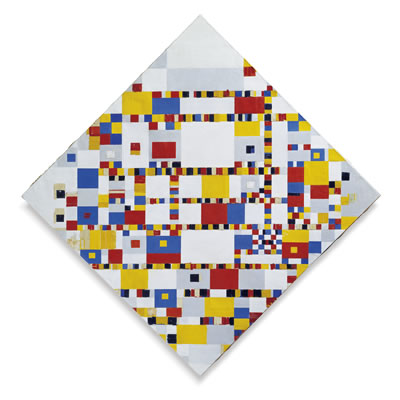De Stijl
STIJL Advocaten feels closely related to ‘Mondriaan & De STIJL’. Shared core values are: harmony, balance, inner peace, order, timeless and universal balance.
Photography: Alice de Groot
More information?
STIJL Advocaten is partner of the Art Museum The Hague with the permanent exhibition ‘Mondriaan & De STIJL’.
Click here to go to the webpage of the Art Museum The Hague.
The Mondriaan collection of the Art Museum The Hague is unique in the world. The collection comprises almost 300 works and covers the entire career of this great master of modern art. STIJL Advocaten feels closely related to ‘Mondriaan & De STIJL’ as the largest architectural movement that the Netherlands has known.

Like our namesake the Stijl art movement, we focus on the essentials, cutting through the clutter.
About the art movement STIJL
The name STIJL Advocaten is based on the association with real estate and the core values of the art movement ‘De STIJL’. Our name also refers to the approach we advocate; our own practical and proactive STIJL.
Simplicity and abstraction
De STIJL is a variation on abstract art and explicitly did not have to be illustrative or narrative, like traditional art. The artists of De STIJL strived for the greatest possible simplicity and abstraction. The colours were usually limited to the three main colours, white, black and all shades of grey. The visual artists and architects who had joined De STIJL included Piet Mondriaan, Gerrit Rietveld and J.J.P. Oud. They were convinced that in the future harmonious proportions would permeate all aspects of the visual environment. An equal collaboration between painters and architects – hitherto completely different disciplines – was an essential feature of this.
Focal point of innovation
In 1917, under the direction of Theo van Doesburg, the first issue of the magazine “De STIJL” was published. Until the beginning of the 1930’s the magazine functioned as a focal point for innovations in painting, architecture, applied arts and graphic design. With the death of Van Doesburg, this innovative movement also came to an end. However, the influence continued for a long time to come, for example in the work of the renowned architect Ludwig Mies van der Rohe. De STIJL has been part of the Dutch canon since 2006.
Source: wikipedia.org